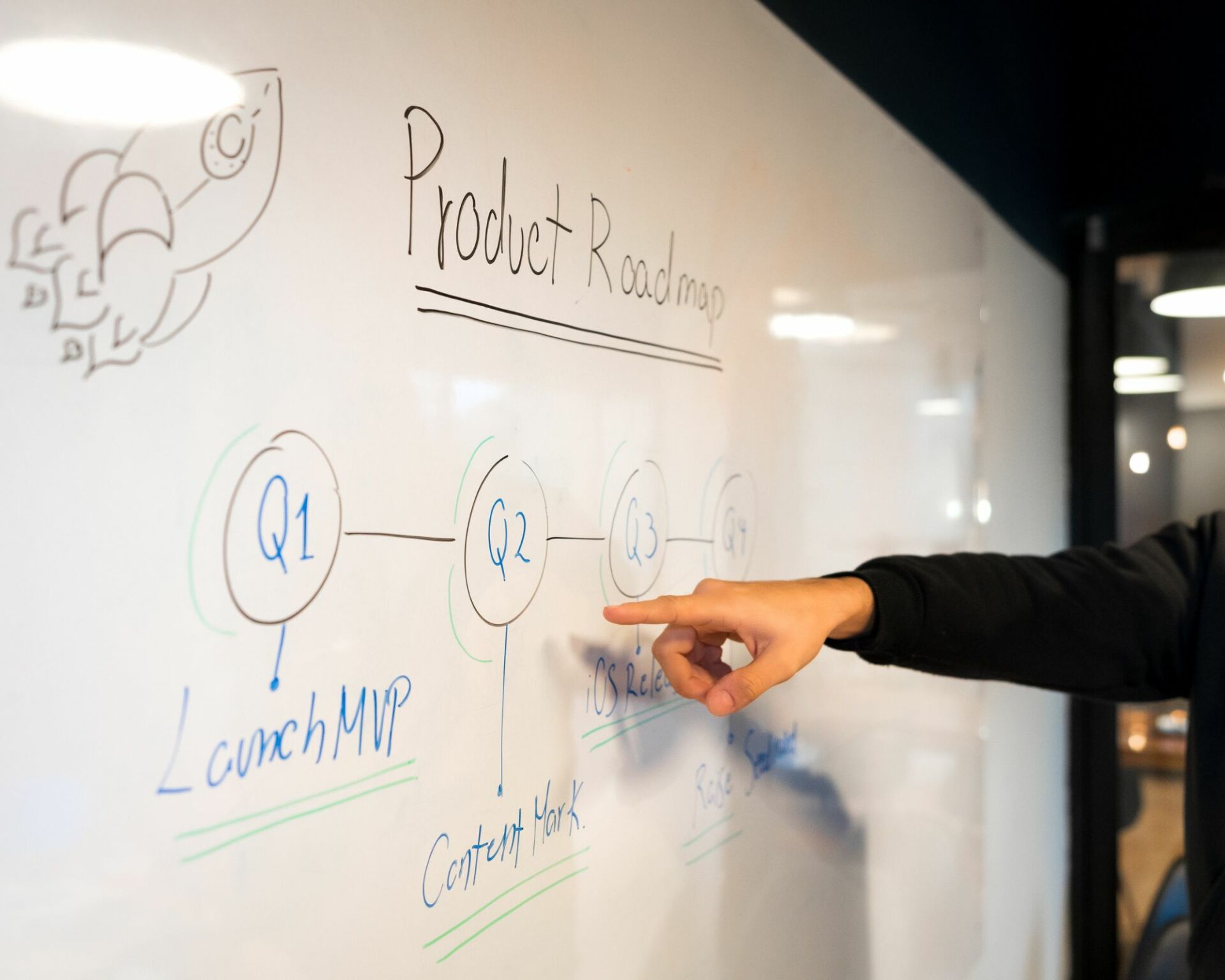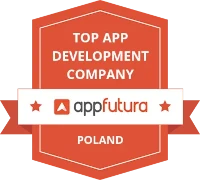Agile methodologies evolve constantly since the introduction of Agile software development. There are many ways in which Agile teams can work to deliver the best possible product to their clients. Today, I would like to take a closer look at three of the most interesting Agile methodologies, which are Scrum, Agile, and Kanban. Let's get started!
Scrum vs Agile vs Kanban or Scrumban? - A brief outlook on an ongoing Agile transformation
Many people get easily confused with the meaning of terms involved in Agile processes. That is why, before we move any further, let's get on the same page with the terminology. Agile is the name of the methodology characterized by splitting work into stages within which we adjust that work to changing requirements. The idea behind Agile is turned into reality within different frameworks. Scrum, Kanban, and Scrumban are examples of those frameworks. So technically, such comparisons as Scrum vs Agile vs Kanban should not exist.
Why are there so many frameworks? The best answer to this question would probably be: because there are many ways in which people like to work. Agile believes in prioritizing effectiveness. That is why Agile transformation is an ongoing process. There is one mutual goal of all the frameworks. They lead to the development of the best possible product for the client. Let us illustrate this objective by going through the principles of Scrum, Kanban, and Scrumban, one by one.
What is Scrum?
As previously mentioned, Scrum is a framework used for the implementation of Agile methodology. The main characteristic of this framework is the breakdown of the project into time-bound increments, called Sprints. A Sprint lasts up to 4 weeks and finishes with the delivery of some pre-agreed part of the project. The main focus of the Scrum framework is to continuously improve the Sprints, the goal, and the overall product development process. There are other characteristics of Scrum, such as:
- regular planning occurs at the beginning of a Sprint
- estimations of time needed to perform tasks are done before the Sprint starts
- tasks to be completed within the Sprint should be small, if they are larger, they should undergo a further split
- any changes to the scope should wait until the next Sprint
- there are four main types of meetings: Sprint planning, daily Scrum, Sprint review, and Sprint retrospective
- there are specific roles distinguished, such as Scrum Master, Product Owner, Development Team
- the ownership belongs to the Product Owner
What is Kanban?
This framework also divides the projects into small and manageable 'chunks'. What is Kanban then, and why do we need it? How is it different from Scrum? Kanban does not focus on time as the most important factor in completing the stages. In Kanban, work on the project resembles a continuous flow. So, for example, the work within an increment will continue until the team feels they have added a significant value to the final result. It is then when they will finish the Sprint. Below, you can find a few other aspects characterizing Kanban below:
- it is usually managed by using a Kanban board, which helps to see how tasks move through the workflow
- planning happens on demand - there is no precise planning routine
- estimations of time are optional - usually, the team starts the new task from the to-do list when there is space for it within the items on in progress list
- the number of tasks labeled as in progress is limited
- changes to the work scope are added as needed
- roles are assigned as needed
- there are no meetings required
- the ownership depends on the defined roles and the necessities.
What is Scrumban?
As you can expect, Scrumban is the merger of Scrum and Kanban principles. It is somewhere in between the rigid Scrum framework and overly-flexible Kanban structure. What does it look like then? In Scrumban:
- the Scrum approach is used to plan, allocate and prioritize tasks
- the Kanban board is used to better visualize work and progress
- planning happens when it is needed
- estimations of time are optional
- changes to the work scope are added as needed
- the roles are as follows: Scrum Master, Product Owner, Development Team
- daily Scrum meetings are conducted; other Scrum meetings are usually added as well - depending on the need
- ownership belongs to the Product Owner but can also depend on the defined roles.
Scrum vs Agile vs Kanban vs Scrumban - which should you use?
As you can probably suspect, there is no perfect framework. At the same time, there is no bad framework. The one you should choose in your project management depends on your circumstances. Therefore, I prepared a short guide on the types of situations where it is best to use a specific framework:
- Use Scrum when your project needs a quick initial delivery and swift progression (large, long-term projects)
- Use Kanban in continuous product manufacturing, for example, while providing service, support, maintenance, bug fixing
- Use Scrumban with complex projects which have product and support features (startups, fast-paced projects)
However, while choosing the framework, you should also consider the Agile team members. If your team members do not like a strict framework, their performance might suffer if you implement the Scrum approach. The same might happen when you choose to use the Kanban approach within a team that does not work well in a non-restrictive framework. In those cases, it is best to consider using Scrumban and combining the elements of Scrum and Kanban according to your team's preference. Agile prioritizes the project result but also the people. The optimal result will not be achieved, if the team does not work well.
Sailing Byte masters Agile transformation and delivers your project in no time!
Sailing Byte believes that choosing Agile is the best approach to product development. We do not limit ourselves to Scrum or Kanban but embrace the whole spectrum that Agile transformation brings. After all, Sailing Byte and Agile methodologies have a common goal, which is delivering the best possible product to our clients. That is why, whenever the project needs a Scrum approach, we use it. Whenever Kanban is a better method, we will use it. Finally, if Scrumban allows for optimal product development, you can be sure Sailing Byte will use it. All that to bring your vision to life in the best possible version. Book a call today to discuss which Agile methodology we will use in the development of your software.






